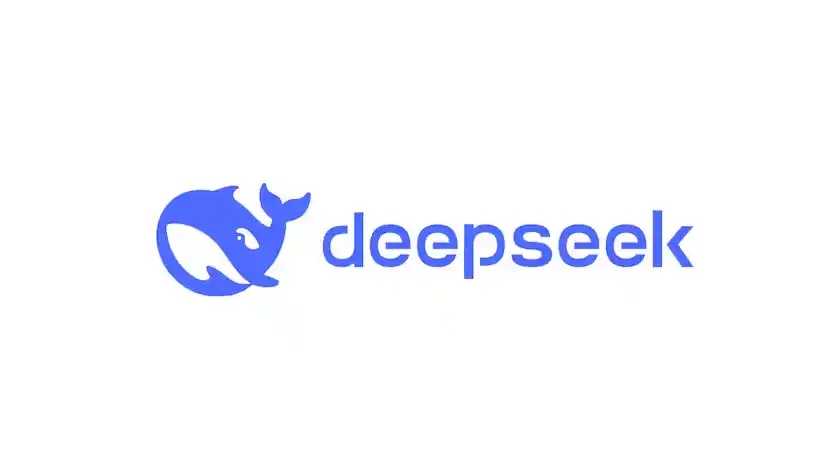A Comprehensive Guide to Using the DeepSeek API
Contents
Artificial Intelligence (AI) has revolutionized how developers build applications, and APIs like DeepSeek’s make powerful AI models accessible to everyone. Whether you’re creating chatbots, generating content, or analyzing data, the DeepSeek API offers tools to enhance your projects. In this guide, we’ll walk through how to integrate the DeepSeek API into your workflow effectively.

What is the DeepSeek API?
DeepSeek provides AI-driven capabilities via its API, allowing developers to leverage advanced models for tasks such as:
- Natural Language Processing (NLP): Text generation, summarization, translation, and sentiment analysis.
- Conversational AI: Building interactive chatbots or virtual assistants.
- Embeddings: Generating vector representations of text for search or clustering.
- Custom Solutions: Tailoring models to specific use cases through fine-tuning.
By using the API, you can integrate these features directly into your apps, services, or workflows.
Prerequisites
Before diving in, ensure you have:
- A DeepSeek account: Sign up on their developer portal.
- An API key: Generated after creating an application in your dashboard.
- Basic programming knowledge: Familiarity with Python, JavaScript, or another language.
- Tools: A code editor (VS Code, PyCharm) and tools like Postman for API testing.
Step-by-Step Guide to Using the DeepSeek API
1. Obtain Your API Key
- Log into the DeepSeek Developer Portal.
- Navigate to the API Keys section.
- Click Create New API Key, name it (e.g., “MyChatApp”), and save the key securely.🔑 Security Tip: Never expose API keys in client-side code. Use environment variables or secret managers.
2. Explore API Documentation
Review the official documentation to understand:
- Endpoints: Available routes (e.g.,
/v1/chat/completionsfor chat interactions). - Parameters: Inputs like
model,messages,temperature, andmax_tokens. - Rate Limits: Request quotas to avoid throttling.
3. Make Your First API Request
Let’s use Python to send a request to the chat completions endpoint.
Install Required Libraries
bash
Copy
pip install requests
Sample Code
python
Copy
import requests
API_KEY = "your-api-key-here" # Replace with your key
ENDPOINT = "https://api.deepseek.com/v1/chat/completions"
headers = {
"Authorization": f"Bearer {API_KEY}",
"Content-Type": "application/json"
}
data = {
"model": "deepseek-chat",
"messages": [
{"role": "user", "content": "Explain quantum computing in 50 words."}
],
"temperature": 0.7,
"max_tokens": 100
}
response = requests.post(ENDPOINT, headers=headers, json=data)
if response.status_code == 200:
result = response.json()
reply = result['choices'][0]['message']['content']
print(reply)
else:
print(f"Error {response.status_code}: {response.text}")
Explanation
- Headers: Include the API key for authentication.
- Body: Specify the model, user prompt, and parameters to control creativity (
temperature) and response length (max_tokens). - Response Handling: Extract the generated text from the
choicesarray.
4. Explore Other Endpoints
DeepSeek’s API may offer additional endpoints:
- Embeddings: Convert text to vectors for semantic analysis.pythonCopydata = { “model”: “deepseek-embeddings”, “input”: “The quick brown fox jumps over the lazy dog.” }
- Fine-Tuning: Train custom models on your dataset (check documentation for setup).
- Moderation: Filter content for safety.
5. Handle Errors and Rate Limits
Common HTTP Errors:
401 Unauthorized: Invalid API key.429 Too Many Requests: Exceeded rate limits.5xx Server Errors: Retry after a delay.
Python Example with Retries:
python
Copy
from time import sleep
max_retries = 3
retry_delay = 2 # seconds
for _ in range(max_retries):
response = requests.post(ENDPOINT, headers=headers, json=data)
if response.status_code == 200:
break
elif response.status_code == 429:
sleep(retry_delay)
retry_delay *= 2 # Exponential backoff
else:
raise Exception(f"API Error: {response.text}")
6. Advanced Usage
- Streaming: Receive responses in real-time by setting
"stream": truein the request. - Batching: Process multiple inputs in one call to reduce overhead.
- Webhooks: Configure callbacks for asynchronous tasks.
Best Practices
- Secure API Keys: Use environment variables or vault services.
- Optimize Costs: Set
max_tokensand monitor usage via the DeepSeek dashboard. - Cache Responses: Store frequent queries locally to reduce API calls.
- Stay Updated: Follow DeepSeek’s changelog for new models or features.
Conclusion
The DeepSeek API opens doors to integrating cutting-edge AI into your applications. By following this guide, you’ve learned how to authenticate, send requests, handle responses, and implement best practices. Start experimenting with different models and endpoints to unlock AI’s full potential for your projects.
For further details, always refer to the official DeepSeek API documentation. Happy coding! 🚀


Reviews